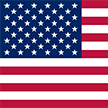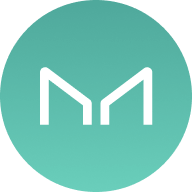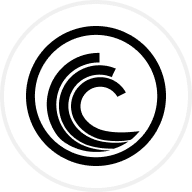
Curve DAO Token price
Curve DAO Token market info
Market cap = Circulating supply × Last price
CRV calculator


Curve DAO Token price performance in USD
Popular Curve DAO Token conversions
| CRV to USD | $0.89550 |
| CRV to PHP | ₱52.4342 |
| CRV to EUR | €0.87081 |
| CRV to IDR | Rp 14,670.71 |
| CRV to GBP | £0.73534 |
| CRV to CAD | $1.2976 |
| CRV to AED | AED 3.2892 |
| CRV to VND | ₫22,728.43 |
About Curve DAO Token (CRV)
- Official website
- White Paper
- Github
- Block explorer
CRV FAQ
Curve DAO governs Curve Finance by enabling its users to vote on crucial project developments. However, for votes to matter, users must first have a financial stake in the project.
Beyond governance capabilities, CRV holders can earn through liquidity mining and staking. In addition, they receive a portion of transaction fees.
Easily buy CRV tokens on the OKX cryptocurrency platform. Available trading pairs in the OKX spot trading terminal include CRV/BTC, CRV/USDC, and CRVUSDT.
You can also buy CRV with over 99 fiat currencies by selecting the "Express buy" option. Other popular crypto tokens, such as Bitcoin (BTC), Tether (USDT), and USD Coin (USDC), are also available.
Alternatively, you can swap your existing cryptocurrencies, including XRP (XRP), Cardano (ADA), Solana (SOL), and Chainlink (LINK), for CRV with zero fees and no price slippage by using OKX Convert.
To view the estimated real-time conversion prices between fiat currencies, such as the USD, EUR, GBP, and others, into CRV, visit the OKX Crypto Converter Calculator. OKX's high-liquidity crypto exchange ensures the best prices for your crypto purchases.
Monitor crypto prices on an exchange

CRV calculator






























